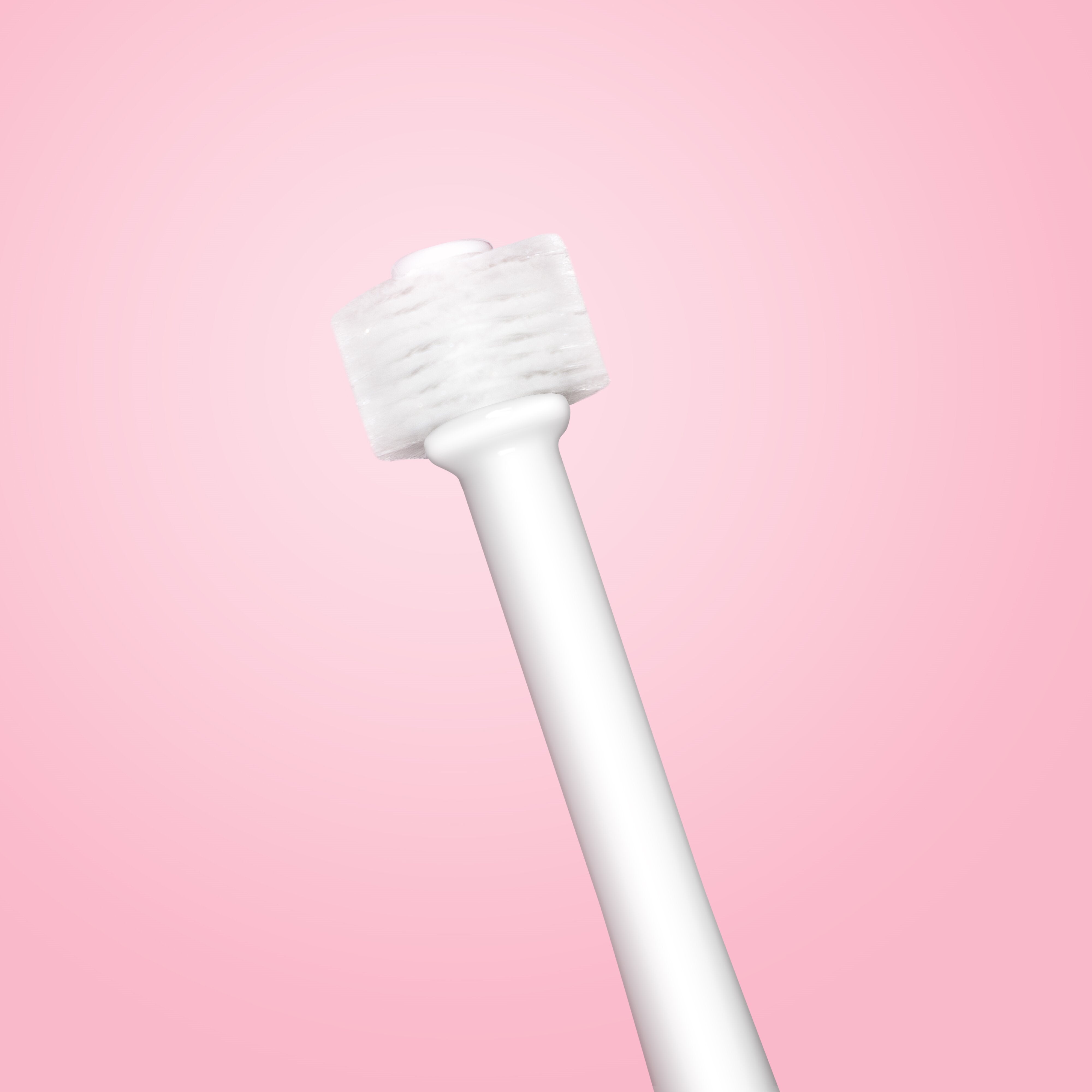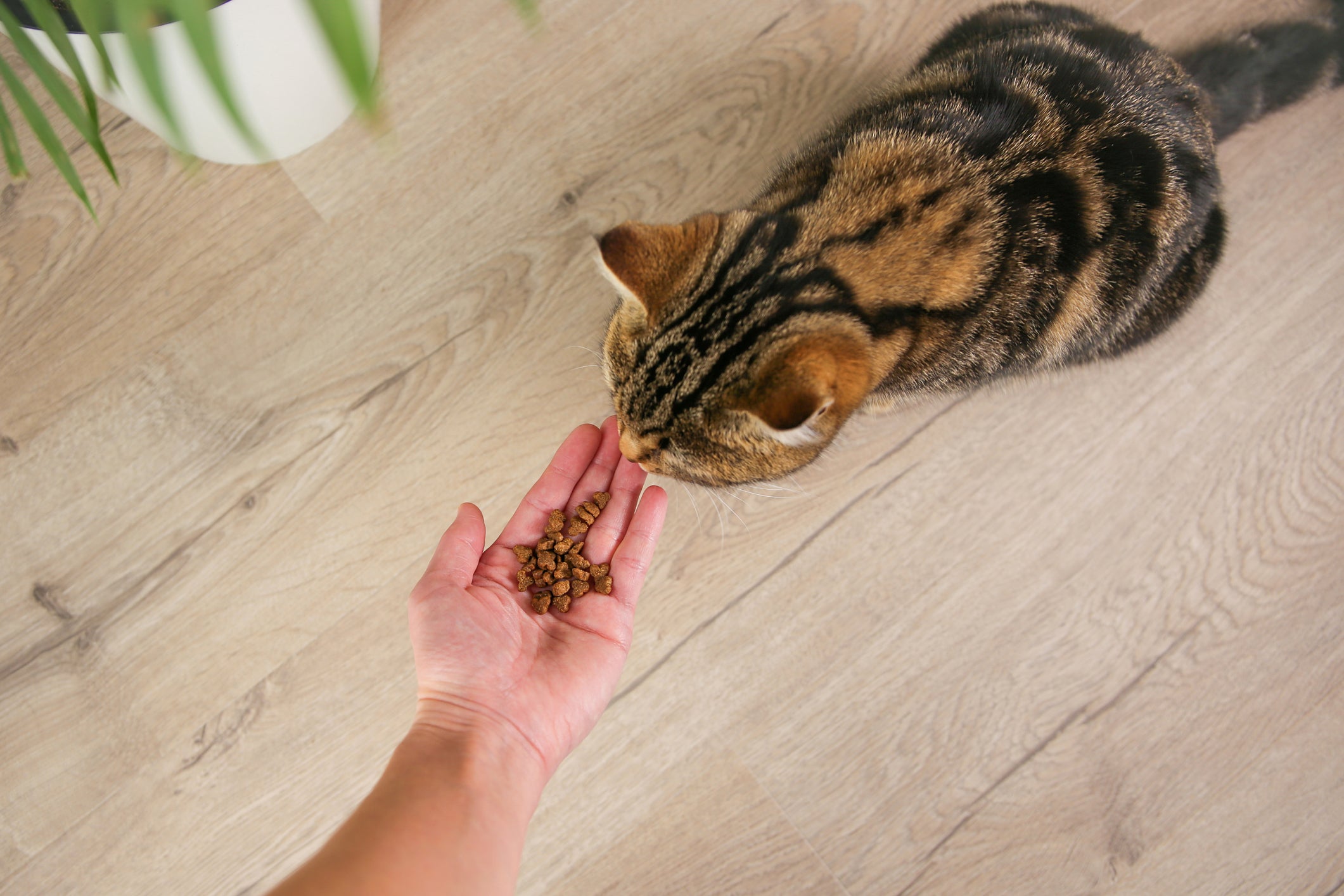To ensure your cat is getting the appropriate amount of food, factors such as age, weight, energy requirements, and specific nutritional needs need to be considered. Whether you are an experienced cat owner or a novice, making informed choices is critical to your cat's health.
Key factors to consider when feeding
- Age : Adjust nutritional needs based on your cat’s stage of growth (kitten, adult cat, senior cat).
- Weight : Closely monitor your cat's weight changes to avoid being underweight or overweight.
- Energy level : Adjust daily servings based on activity level.
- Pregnant or lactating cats : Cats in their breeding years require special nutritional considerations.
- Food Type : Choose a diet plan that includes dry food, wet food, or a combination of both.
- Nutritional requirements : Make sure the food contains necessary nutrients, such as protein, taurine, vitamins and water.
- Living environment : Consider whether your cat will live in an indoor, outdoor, or mixed living environment.
- Budget and Lifestyle : Adjust your feeding plan based on your financial ability and lifestyle.
Nutritional advice
- It is recommended to consult a veterinarian or certified animal nutritionist to develop a nutrition plan specifically for your cat.
- Make sure your food contains enough essential nutrients such as protein, taurine, vitamins and water .
- Read the labels on the back of food packages to find out the calorie content and avoid overfeeding.
According to veterinary nutritionist Kailyn Hines, an average-sized cat needs about 250 calories per day.
Feeding practice recommendations
- Measure portions accurately : Use an accurate scale to regularly weigh your cat's portions.
- Use the Feeding Calculator : Consider your budget and cat food choices and evaluate the ratio of dry to wet food.
- Introduce variety : Let your cat try foods of different textures and shapes at an early age to establish a diverse eating habit.
- Regular health checks : Track your cat's weight changes with regular veterinary visits and adjust the food plan as needed.
Conclusion
The key to cat feeding is finding the right balance. Through regular evaluation and professional guidance, you can ensure your cat receives the best nutritional support throughout his life.
References :
Daily Paws - How to Feed Your Cat



